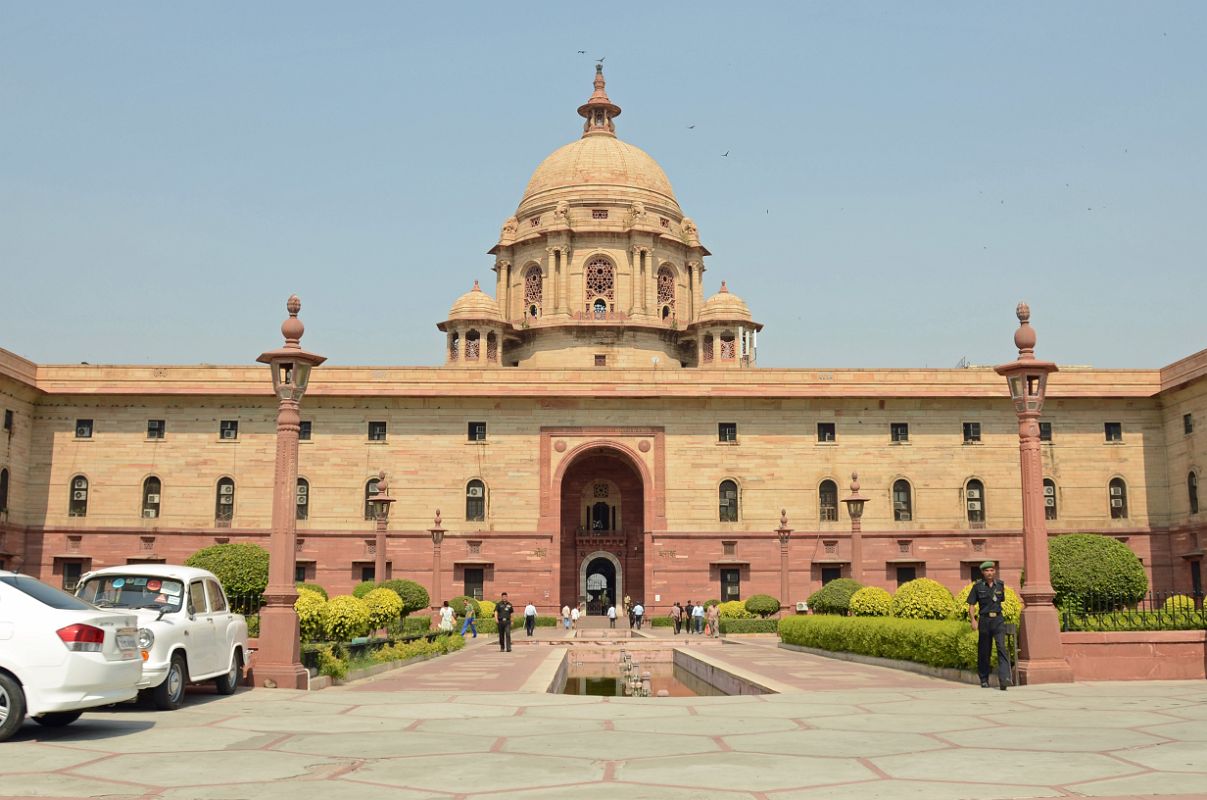In Covid-struck India, everyone is discussing cash. More importantly, everyone wants to know if the government has enough cash at its disposal to fund some of the mega projects recently announced by Finance Minister Nirmala Sitharaman.
At the core of this debate is not just cash but also the way the government collected revenue for 2019-20. Hence, it is important to take a realistic look at India’s revenue generation.
In 2019-20, the government’s estimated direct tax revenue was ₹13,35,000 crore. Around 58% of this direct tax revenue was expected to be collected in the form of Corporation Tax or Income Tax that is levied on the income of companies operating in India. In 2018-19, out of the total actual collection of direct tax revenue of ₹11,36,574 crore, an estimated ₹6,63,571.62 crore – approximately 58% – was collected from companies.
The income tax return statistics of CBDT for the year 2018-19 show that 8,41,942 companies filed income tax returns in the year 2018-19. These companies declared a total income of ₹13,34,792 crore. Out of these 800,000 lakh plus companies, only 1,504 companies that were 0.18% of the total number of companies declared taxable income of over Rs.100 crore. These 1,504 companies declared taxable income of ₹9,55,601 crore or approximately 72% of the total collection.
So what are we getting to see? That a handful of companies declared bulk of taxable income. Similarly, 525 companies or only 0.06% of total companies paid 60% of the total corporation tax payable.
An analysis of individual taxpayers showed that 5,52,60,219 returns were filed by individuals declaring income of ₹29,69,745 crore on which tax of ₹3,17,845 crore was payable. A total of 4,44,976 or approximately 0.18% of the total individuals paid tax of over ₹10 lakh each. These 0.18% taxpayers paid approximately 45% of total income tax revenue paid by individuals.
The bottomline for a billion plus nation is that the bulk of income tax revenue is paid by only a handful of income tax assessees.
Now right after the introduction of GST, the nature of indirect tax collections of the government went through a sea change. The indirect tax revenue was collected in the form of Excise Duty on goods manufactured in India, Service Tax on services rendered in India, and Customs Duty on goods imported into India.
The Customs Duties consisted of Basic Duty of Customs, Additional Duty of Customs and Special Additional Duty. Basic Duty was governed by WTO guidelines on tariff, and the government’s fiscal policy had little room for adjustment within the bound tariff rates laid down by WTO. Additional Duty of Customs was commonly known as Countervailing Duty, and was collected at rates equal to those of Excise Duty to equalize imported goods with goods produced locally. Similarly, Special Additional Duty of Customs was imposed to equalize imported goods with VAT imposed on local goods. Now, Additional Duty of Customs and Special Additional Duty have been merged into and replaced with IGST or Integrated Goods and Service Tax.
Similarly, Excise Duty was collected at varying rates on different commodities manufactured or produced in India. Service Tax was collected at a uniform rate on all services. Both Excise Duty and Service Tax have been merged into and replaced with the Goods and Services Tax.
Earlier, the Ministry of Finance played an important role in determination of rate of duty on various commodities. But now, the Finance Ministry has little role, as the power to determine rates of duty lies with the Goods and Services Tax Council chaired by the Hon’ble Minister for Finance of the Government of India, and consisting of Finance Ministers of various states as its members. Therefore, the earlier day to day work of determination of rate of duty has lost its relevance in the Ministry of Finance.
Many say this is a problematic zone and needs to be rectified.
It may also be pointed out that Excise Duty is still collected on petrol and petroleum products that are not under GST regime. The collection of Union Excise Duties on petroleum and petroleum products was estimated to be approximately ₹3,00,000 crore in the Budget Estimates of 2019-20. This was estimated to be approximately 12% of total tax revenue and 23% of indirect tax revenue of the government. This tax on petroleum is paid by a handful of companies.
Now what is little distressing is that there is no analysis of GST taxpayers available in the public domain to show as to which commodities or which taxpayers pay the bulk of the revenue, but the income tax analysis already shows that bulk of the income and profit is declared by a handful of companies.
It is apparent that even GST revenue is paid by these handful of assessees. As already mentioned, 23% of tax revenue is paid by a handful of companies engaged in the petroleum products sector, and most of these companies are public sector companies.
There was a time when the Tax Research Unit of CBEC used to publish excise paid by 312 top Companies. And 84% of excise revenue was paid by these companies.
Now if you exclude petroleum accounting for 23% of revenue, the balance of 312 must be still accounting for 61% of GST.
Enlarging the Field to 5000 assessees in Customs/ GST/ VAT/ Income Tax, the tax paid by them would account for 95% of the revenue. This revenue will come irrespective of an officer being present or absent.
As a result, successive cadre restructuring has led to bloated bureaucracy across India. In 1977, The Class 1 Cadre of CBEC was 700. Today it is over 10,000. And the total staff strength is way over 70,000.
The situation is worse in CBDT.
The expenditure to accommodate and service all these — offices, houses, cars, travel — is more than the salary bill of the Revenue Department. If the government is spending over Rs 35,000 crores to collect equivalent amounts, the resultant gains are not sufficient to warrant such bureaucracy.

